Intelligent Systems
-
Making a Moon Mission
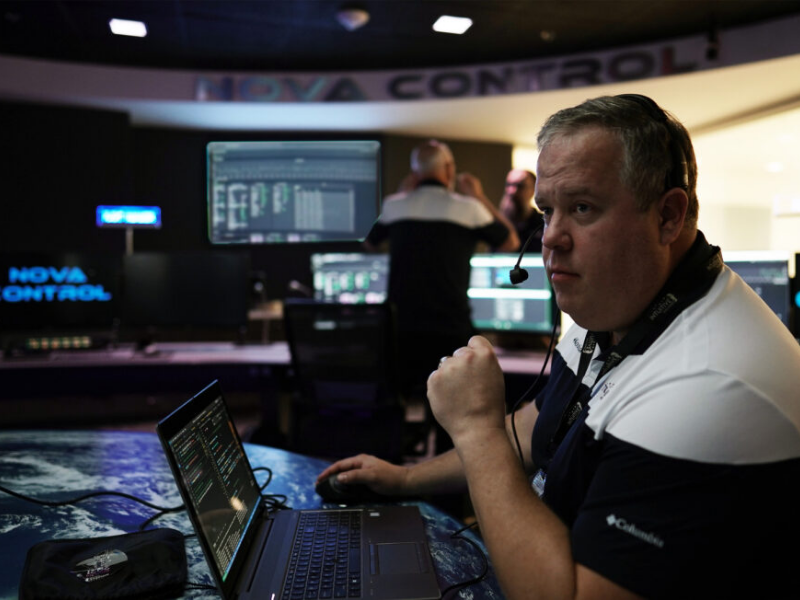
For the first time in over 50 years, an American spacecraft has landed on the Moon. Overnight, the lunar lander Odysseus—called Odie for short—became a household name.
-
UT Launches Nation’s First Robotics Program for First-Year Students

The University of Texas at Austin has introduced what is believed to be the first undergraduate robotics program in the country that allows high school students to apply directly as part of their first-year admissions application.
-
What Makes a City Smart?

The smart cities movement has gained momentum, pushed forward by political leaders, scientists, engineers and residents of cities themselves.
-
Accelerating Discovery
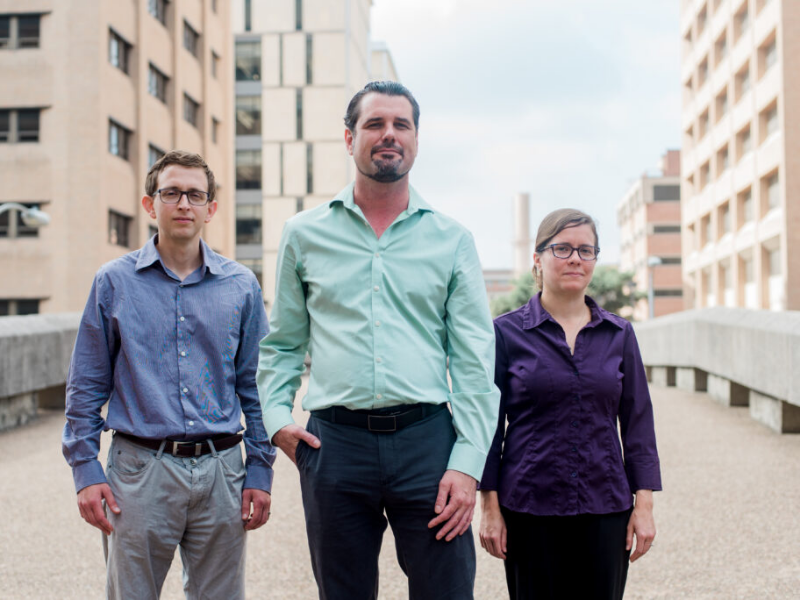
Tom Truskett and his team believe there is a better way to bring products to market sooner, and it starts with machine learning.
-
Balancing Bots

Thanks to Luis Sentis and the amazing work happening in his Human Centered Robotics Laboratory, the same type of balance and “natural” control that humans use may soon be experienced by robots.
-
Driverless cars? That's So Yesterday.
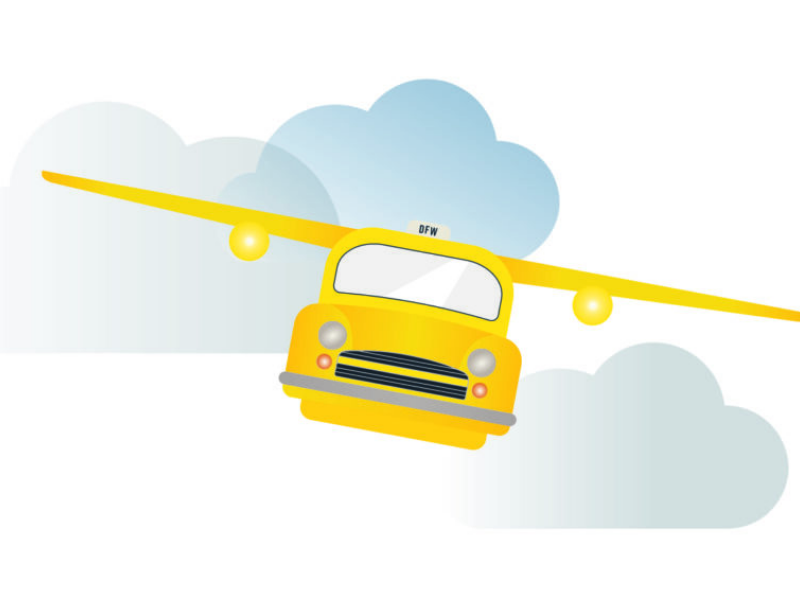
Uber is betting that one day — however soon or far away that is — we all will be ride-sharing in the skies, and the company has enlisted UT engineers to help.
-
The New Generation

More so than any other generation, Gen Z students are eager to get out of the classroom and learn in the real world.
-
Autonomy Just Got Personal

Wang, a pioneer in the integration of data, has begun analyzing driving behavior by interconnecting three different data sources — a driving simulator; a standalone engine, or powertrain; and a fully equipped autonomous vehicle prototype designed by UT researchers.
-
Where Robots Roam
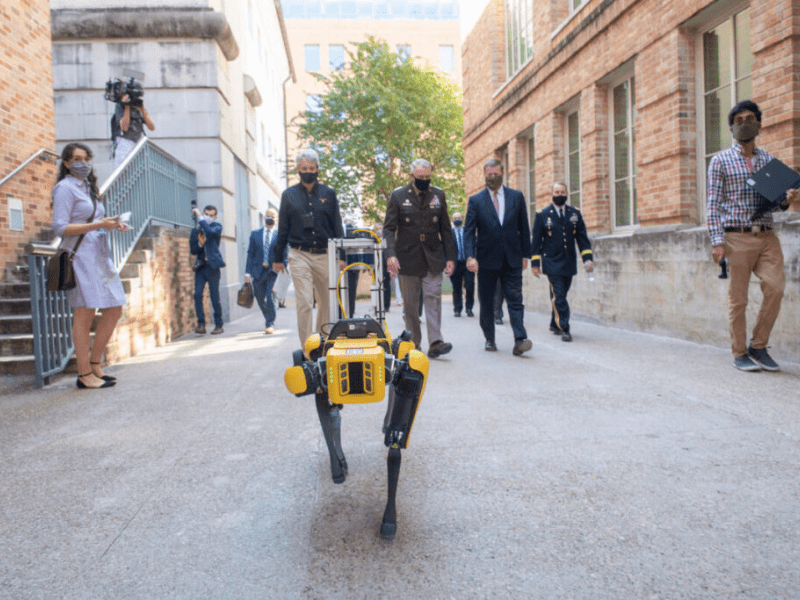
Where Longhorns once played basketball, robots now play soccer.
-
Robot SZN
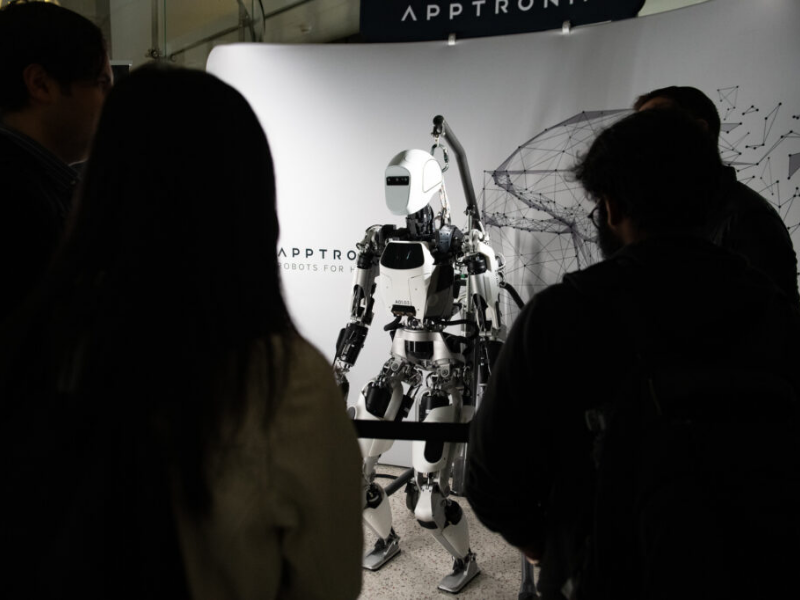
This fall, UT hosted several robotics events, with experts from around the world converging on the Forty Acres to discuss the future of the field.
-
Guiding AI
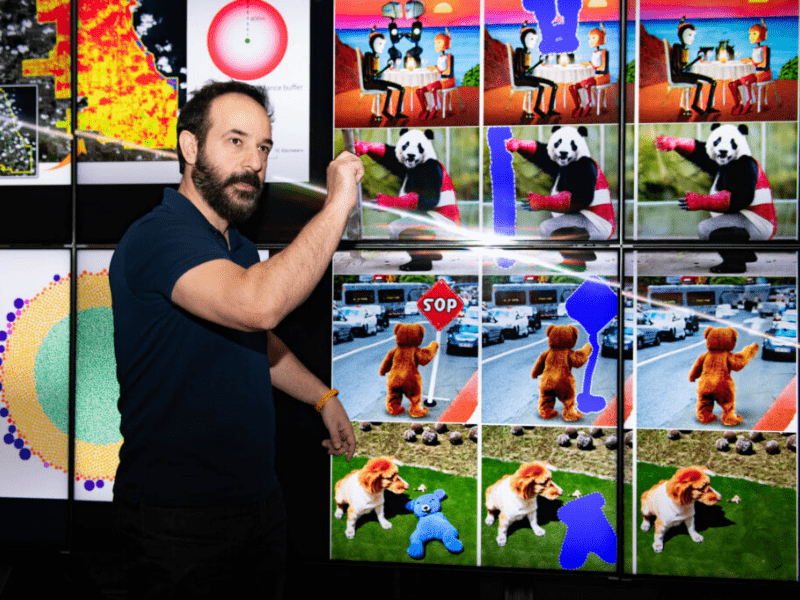
Artificial intelligence could be the defining technology of our time. Texas Engineers are hard at work refining and improving the technology, imagining new ways to deploy AI to solve important problems and putting up guardrails to protect users — and the technology itself.
-
Space Lighthouses: Small Satellites Will Someday Help Navigate Spacecraft to the Moon

A new agreement with NASA paves the wave for researchers from The University of Texas at Austin and the Texas Spacecraft Laboratory to build and launch a small satellite network with embedded machine learning technology to help spacecraft figure out their location in relationship to the Earth and, eventually, the moon. That will ultimately help ensure more accurate navigation and landing.
-
AI-Powered Civil Engineering: New NSF-backed Community Aims to Transform U.S. Infrastructure
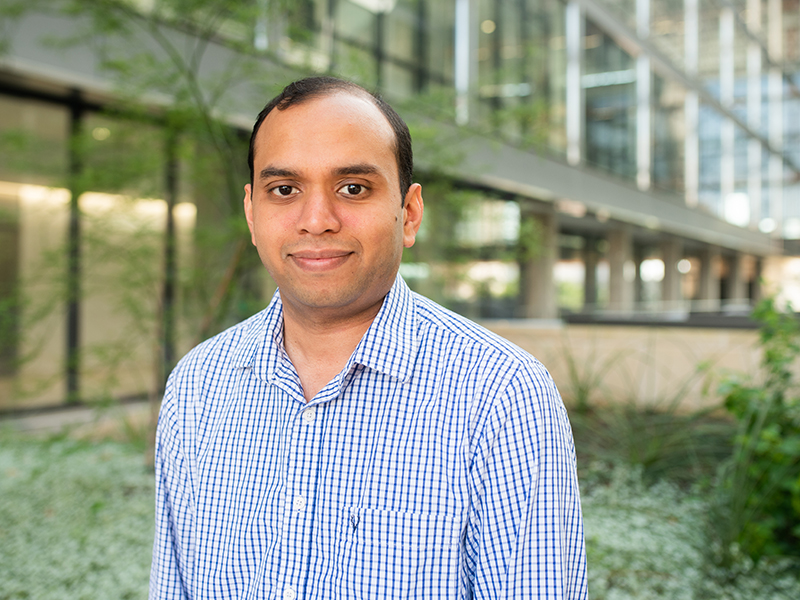
Texas Engineers are creating a new community to unite civil engineers, cyberinfrastructure professionals and experts in artificial intelligence to better understand and protect our virtual and physical infrastructure.
-
Texas Institute for Electronics and Infleqtion Launch Quantum Manufacturing Center of Excellence
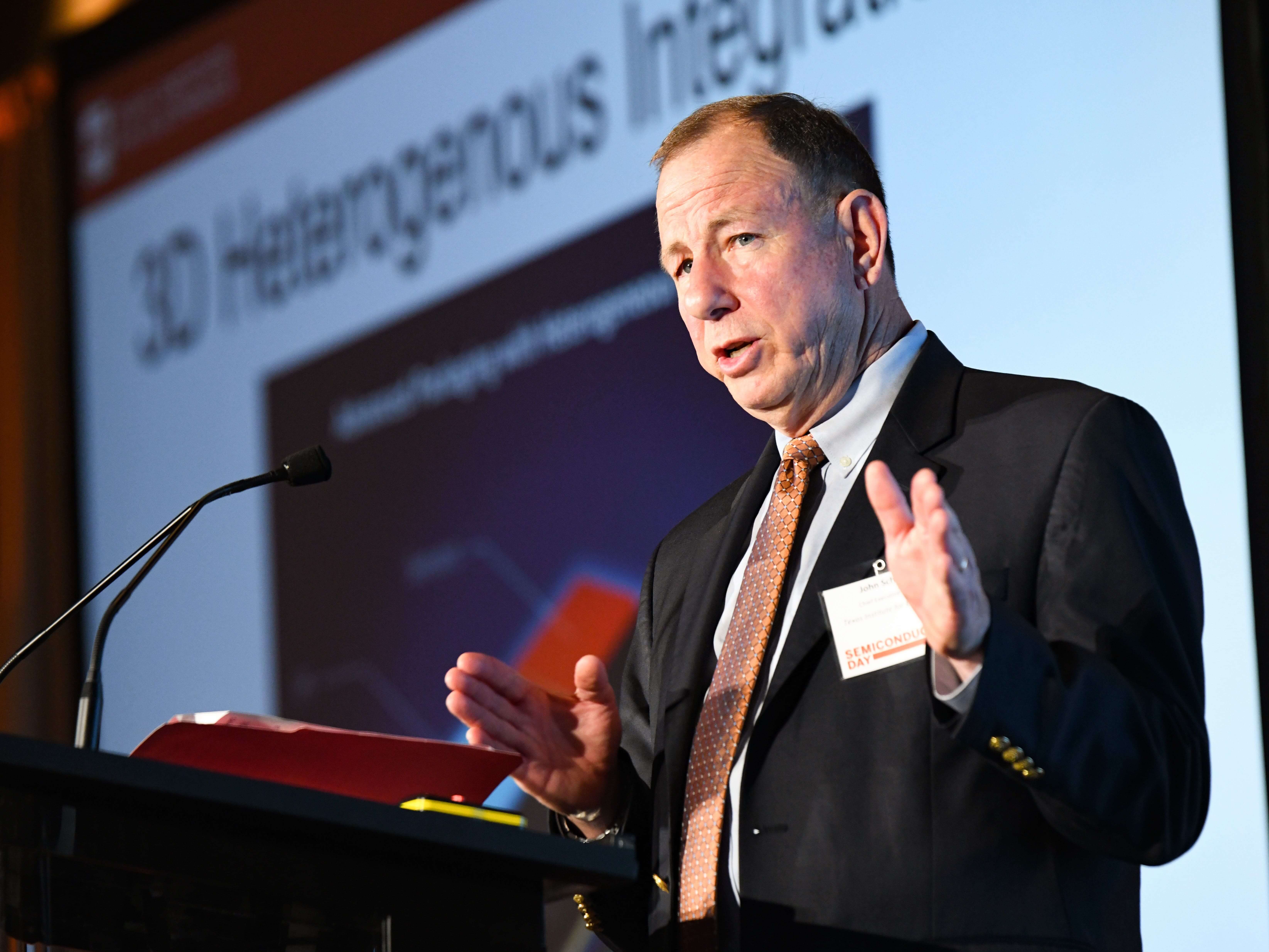
The University of Texas at Austin and Infleqtion, a global quantum technologies company, have signed a memorandum of understanding to develop a new center of excellence for quantum manufacturing. With the recent opening of its flagship corporate office in Austin, Infleqtion will work with UT’s Texas Institute for Electronics (TIE), collaborate with the University’s faculty experts in photonics and quantum technologies, and draw upon its world-class facilities to scale domestic manufacturing capacity for quantum-enabled products in areas such as energy, navigation, defense, and health care.
-
New Research Aims to Fix Machine Learning’s Struggle with Uncertainty

When new technology meets the real world, dynamic challenges threaten to derail progress, like a self-driving car that struggles to perceive rapid changes in the environment and adjust.
-
Artificial Neurons Mimic Complex Brain Abilities for Next-Generation AI Computing
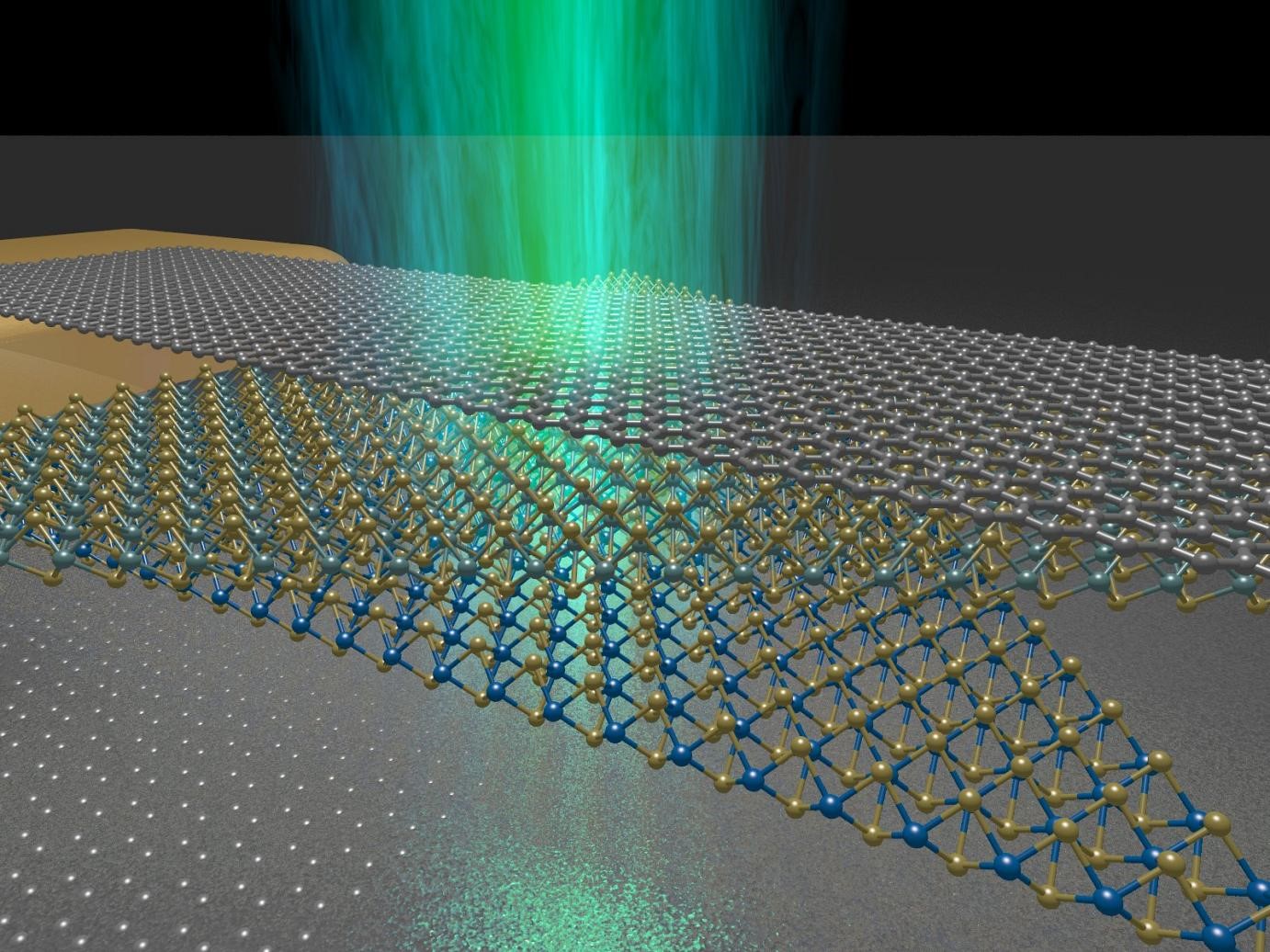
For decades, scientists have been investigating how to recreate the versatile computational capabilities of biological neurons to develop faster and more energy-efficient machine learning systems. One promising approach involves the use of memristors: electronic components capable of storing a value by modifying their conductance and then utilizing that value for in-memory processing.
-
5 Questions with Yuebing Zheng, Author of New Book on Nanophotonics

How light interacts with matter is one of the most basic, yet important branches of science. A growing area in this field is nanophotonics, which studies these interactions at the smallest of scales where material building blocks begin to exhibit dynamic properties.
-
Brain-Powered Wheelchair Shows Real-World Promise
In one of the first studies of its kind, several people with motor disabilities were able to operate a wheelchair that translates their thoughts into movement.
The study by researchers at The University of Texas at Austin and published today in the journal iScience is an important step forward for brain-machine interfaces — computer systems that turn mind activity into action. The concept of a thought-powered wheelchair has been studied for years, but most projects have used non-disabled subjects or stimuli that leads the device to more or less control the person rather than the other way around.
-
Do Autonomous Driving Features Really Make Roads Safer?
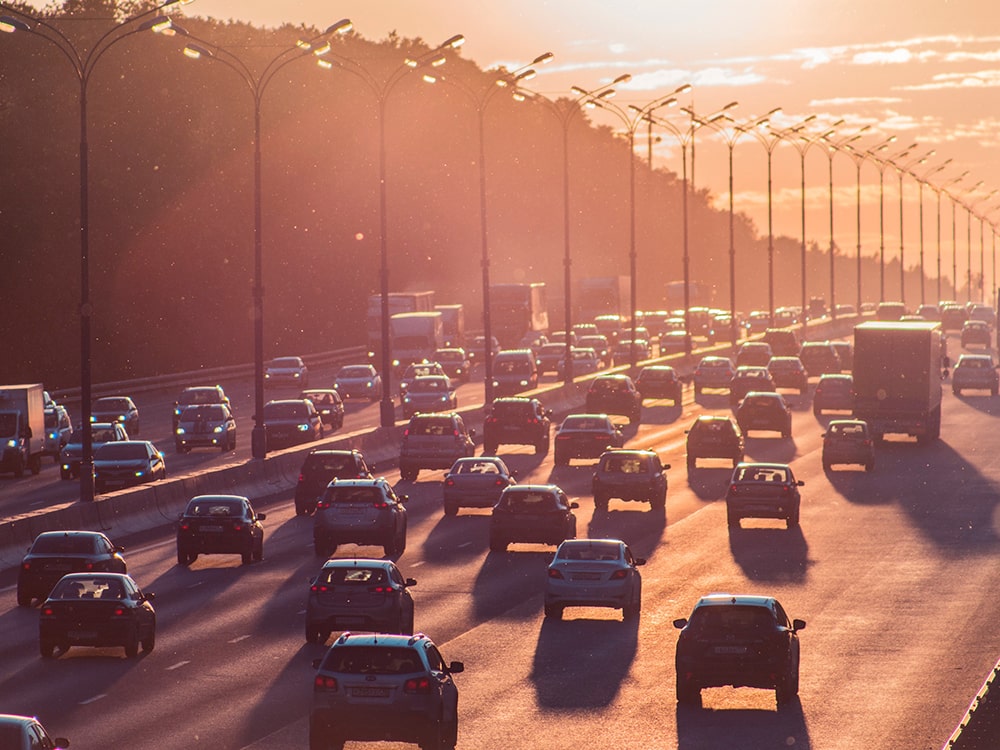
In recent years, more vehicles include partially autonomous driving features, such as blind spot detectors, automatic braking and lane sensing, that are said to increase safety. However, a recent study by researchers from The University of Texas at Austin finds that some of that safety benefit may be offset by people driving more, thereby clogging up roads and exposing themselves to more potential crashes.
-
‘Off Label’ Use of Imaging Databases Could Lead to Bias in AI Algorithms

Significant advances in artificial intelligence over the past decade have relied upon extensive training of algorithms using massive, open-source databases. But when such datasets are used “off label” and applied in unintended ways, the results are subject to machine learning bias that compromises the integrity of the AI algorithm, according to a new study by researchers at The University of Texas at Austin and the University of California, Berkeley.








